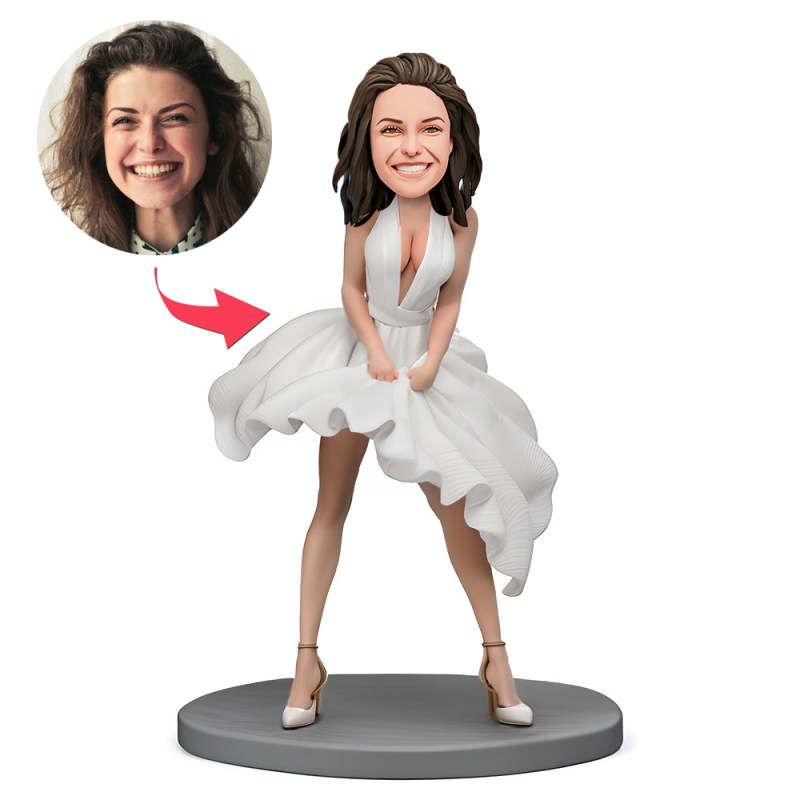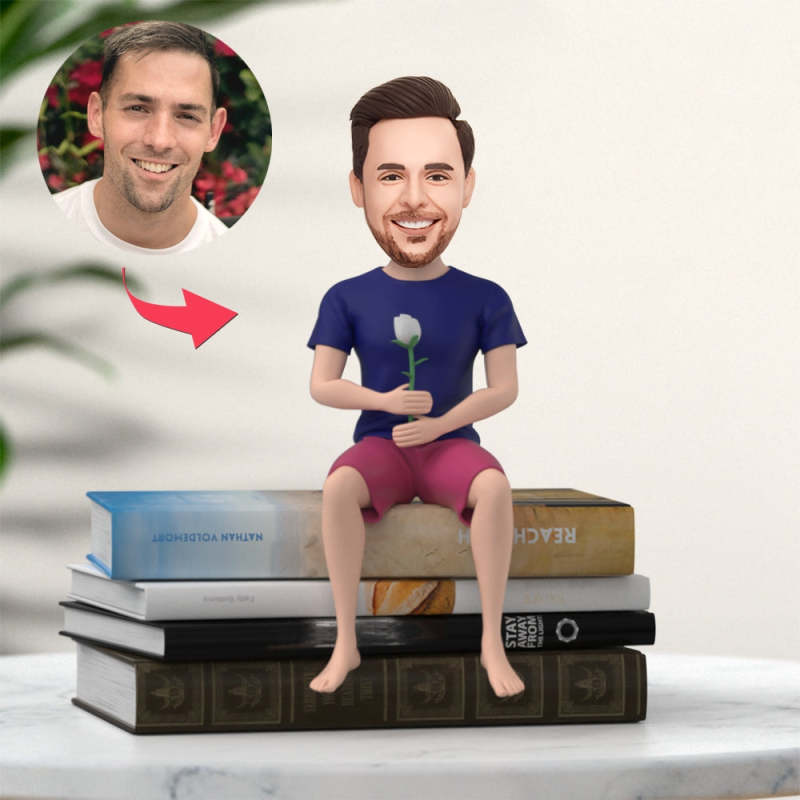Nodding dolls have come a significant path since their modest origins as unpretentious collectibles. Initially rooted in the athletic realm, these distinctive figurines with their oversized heads that bob atop flexible necks have won over the admiration of fans across multiple fields. From depicting legendary sports figures to portraying popular media characters, bobbleheads have evolved past their first use and become trendy collectibles that resonate with diverse audiences.
As their notoriety increased, bobbleheads became more than just playthings; they transformed into cultural icons reflecting current cultural movements. Whether displayed on office desks or set next to other memorabilia, these odd figures tell stories of fandom and nostalgia. The evolution of bobbleheads from the sidelines of sports arenas to the center of popular culture showcases not only their versatility but also the significant relationships people create with their favorite personalities.
The background of bobbleheads dates back to the early 18th century. https://myfacebobbleheads.com/collections/for-couple are believed to have started in Europe, particularly in Germany, where they were first created as "nodders." These early versions were typically constructed of wood and featured uncomplicated designs, often depicting famous figures or animals. They were popular knickknacks, though their form and construction were quite basic compared to modern offerings.
In the U.S., bobbleheads started to achieve popularity in the 1960s, especially in relation to sports. Major League Baseball teams started to give them away as promotional items, taking advantage of the enthusiasm of fans. These promotional bobbleheads often depicted star sports figures, engaging fans in a fun and whimsical manner. The combination of sports and collectible figures allowed bobbleheads to establish a niche in the memorabilia market.

The bobblehead trend continued to evolve through the decades, adapting to the developing landscape of pop culture. In the 1990s and early 2000s, there was a resurgence in their popularity, partly due to innovations in design and manufacturing. Collectors sought out not just sports-related bobbleheads but also those showcasing celebrities, icons from movies and television, and even made-up characters. This evolution aided solidify bobbleheads as a mainstay in both sports and broader cultural references.
Bobble head dolls have become an iconic representation of sports culture, often used as promotional items during matches. Sports teams and organizations frequently hand out bobblehead dolls of star players to fans, creating a sense of excitement and connection at events. These items serve not only as memorabilia but also as a way to engage fans in a distinctive manner, turning ordinary game nights into unforgettable experiences.
The practice of using bobbleheads in sports dates back several years, with the first instances appearing in the MLB during the 1960s. Since then, bobbleheads have developed into a staple for many sports franchises across various leagues. Fans eagerly collect these figures, which often depict their favorite athletes in dynamic poses, celebrating notable achievements or landmarks in their careers.
The popularity of sports bobbleheads has attained new levels, particularly with the rise of online platforms and online marketplaces. personalized bobbleheads and enthusiasts share their collections, trade items, and even create their own personalized versions, expanding the appeal beyond just the ordinary fan. This trend has established the bobblehead's place in sports culture, making it a cherished symbol of fandom and team spirit.

In the past few years, bobbleheads have transcended their origins in sports memorabilia to become a fixture of pop culture. This evolution has been fueled largely by the growing demand for collectible items that speak with fans of films, television shows, and music. Iconic figures from cherished franchises such as Star Wars, Marvel, and timeless sitcoms have been immortalized in bobblehead form, appealing to a wider audience that goes beyond sports enthusiasts. https://myfacebobbleheads.com/collections/sitting-buddy of these toys lends itself well to embodying the essence of iconic characters, making them highly sought-after items for fans.
The rise of social media and e-commerce platforms has also fueled the appeal of pop culture bobbleheads. Collectors are now able to engage with others who share their interests, leading to a dynamic community of collectors. Exclusive releases create a sense of desirability and thrill, driving collectors to seek out unique pieces that reflect their interests. Companies frequently collaborate with brands to create special bobbleheads, tapping into the nostalgia and fandom surrounding beloved characters, which in turn boosts sales and appeal.
As bobbleheads continue to develop, they have also become a form of artistic expression. Creators and illustrators are challenging traditional bobblehead design, creating innovative and complex pieces that redefine the conventional look. From bespoke figures to creative renditions of popular culture icons, the diversity in styles reflects larger trends in the collectibles market and fandom. The combination of art and nostalgia serves to ensure that bobbleheads remain a notable and appreciated part of both the athletic and pop culture landscapes.